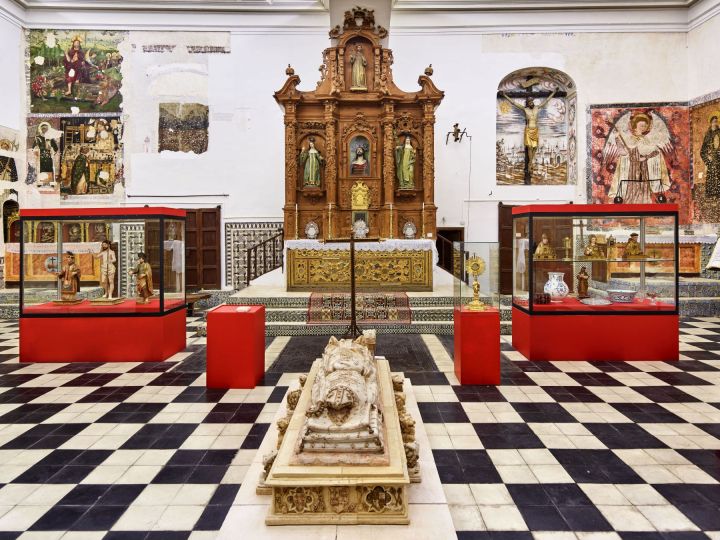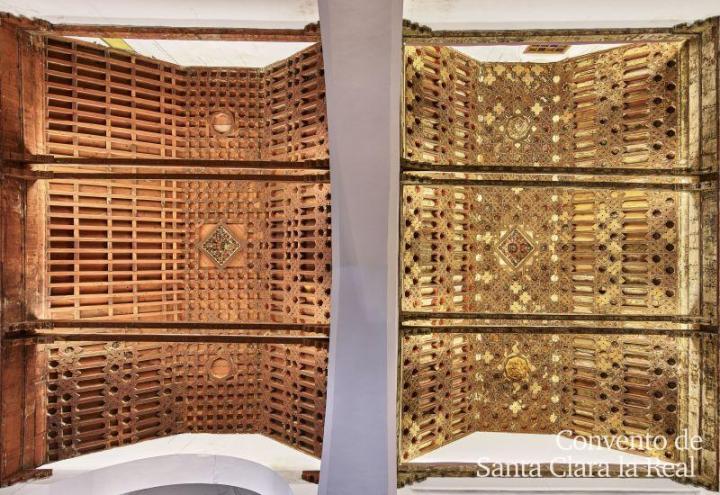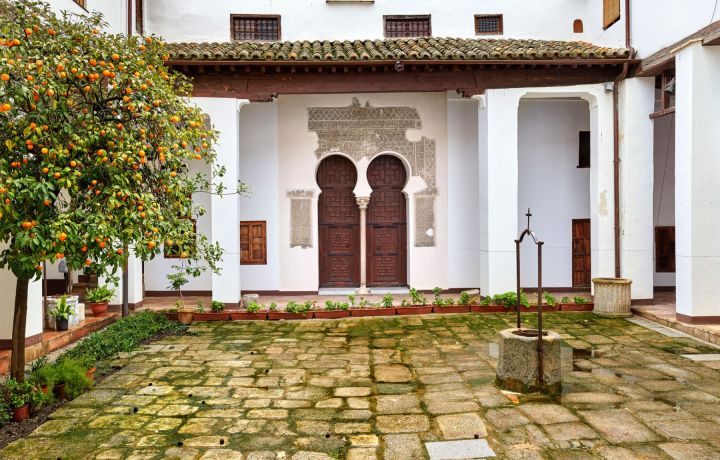A virtual tour behind the walls of the Santa María del Real Convent, in the “imperial city”. It is not the visit of a museum, but the discovery of the life of prayer and work of the contemplative nuns, immediate successors of Saint Clare of Assisi
No, it is not about visiting a museum. The Santa Maria del Real Convent in Toledo, opening its doors wide, offers something completely new. Now it is possible to penetrate those walls that for seven hundred years preserved the enclosure of nuns descended from Saint Clare of Assisi, founder – together with Saint Francis – of the Franciscan Poor Clare nuns.
If you are not lucky enough to be able to travel to the “imperial city”, do not worry, with us we will allow you to enjoy a virtual tour in which you will be able to discover not only the art, but also the faith and spirituality that during seven Centuries have radiated these women who have dedicated their lives to the contemplation of God.
The experience of discovering the closure
The idea of opening wide the doors of one of the most historic Franciscan convents in Spain, and even in Europe, arose spontaneously, when its small community of nuns decided to join another community of Franciscan Poor Clares in Toledo, the sisters of Madridejosto optimize space and resources, given the decrease in vocations.
Santa Clara the Royal of Toledo
The nuns could have sold the convent. Hotel companies would have jumped on the opportunity to open a historic luxury hotel. Another possibility would have been to get rid of this responsibility, and hand it over to the local authorities so that they could turn it into a museum.
The sisters, however, have been brave and have decided to maintain their presence so that the visit to this place is not simply a historical and artistic experience, but can also become a spiritual experience for its visitors.
A community that dates back to Santa Clara de Asís
But let’s do a little history. The Franciscan Poor Clare nuns arrived in Toledo during the lifetime of their founder, Saint Clare of Assisi (1194-1253).

Santa Clara the Royal of Toledo
After years of presence in the city, the foundation project of the current convent emerged. Historical documents testify that it began to take shape around the year 1340, by the will of a lady of the Toledo nobility, María Meléndez; She belonged to a Mozarabic family.
On June 27, 1371, Pope Gregory XI promulgated in Avignon the bull piis devoteum, by which he authorized María Meléndez to found the convent of Poor Clare nuns; establishing that she should provide everything necessary so that thirty nuns could live in it.

At that time, Inés Enríquez and her sister Isabel, who were illegitimate daughters of King Henry II of Castile, professed as nuns in this convent; which was already one of the most prominent in the city. For this reason, from 1372 the convent began to be called “Santa Clara la Real”.
The home of the Poor Clares
The visit to the convent begins with a typical gate of the palaces of Toledo from the 14th century. Inside, the closure is organized around two patios or cloisters, the Orange tree and the one of The laurels. The main conventual rooms are articulated around them: the church and the choir, the Chapter House, the Sala by Profundis… Along with others for everyday use.
The visitor can also contemplate important samples of Mudejar art (the artistic style of the Christian kingdoms of the Iberian Peninsula at that time, which incorporated influences from the Hispanic-Muslim style), as well as priceless paintings, sculptures and goldsmithing.
The closure of the Poor Clares of Toledo, uncovered after 700 years

